The Roan Antelope (Hippotragus equinus) is a magnificent and iconic herbivore found in the grasslands and savannas of Africa. Known for its striking appearance and impressive size, this antelope species holds a significant place in the African wildlife ecosystem.
Roan antelopes are known for their beautiful reddish-brown coloration and impressive horns. They are highly adapted to their grassland habitats and are known for their agility and speed. Roan antelopes can be found in various African countries, including Tanzania, Zambia, and South Africa, where they roam in small herds or bachelor groups, grazing on the abundant grasses and vegetation.
Roan Antelope: Species Profile
COMMON NAME: Roan Antelope
SWAHILI NAME: Korongo
SCIENTIFIC NAME: Hippotragus equinus
TYPE: Mammal
FOOD: Roan antelopes are herbivores and primarily feed on grasses, leaves, and browse vegetation. They are known to be selective grazers, choosing nutritious and tender plant materials.
HABITAT: Roan antelopes inhabit open woodlands, savannas, and grasslands with scattered trees. They prefer areas with a mix of grassy plains and ample water sources.
SIZE: Adult Roan antelopes have a shoulder height of approximately 130-140 centimeters (51-55 inches) and a body length of around 190-240 centimeters (75-94 inches). Males are slightly larger than females.
AVERAGE LIFE SPAN IN THE NATURAL HABITAT: In the wild, Roan antelopes have an average lifespan of around 12-15 years, although some individuals can live longer.
ACTIVE: Roan antelopes are primarily diurnal, meaning they are active during the day. They have well-developed senses, including acute hearing and vision, which help them detect predators in their open habitat.
GESTATION PERIOD: The gestation period of Roan antelopes lasts for approximately 9 months. After this period, a single calf is born, and it becomes independent after several months.
WEIGHT: Adult Roan antelopes weigh between 200-300 kilograms (440-660 pounds), with males being larger and heavier than females.
SIZE COMPARISON TO A 6-FT MAN: Roan antelopes are larger than a 6-ft man. They have a sturdy build and distinctive facial markings. Both males and females have long, slightly curved horns that can reach lengths of up to 80-100 centimeters (31-39 inches).
Physical Features and Size:
The Roan Antelope is one of the largest antelope species, standing approximately 135-160 centimeters (53-63 inches) tall at the shoulder and weighing around 230-300 kilograms (507-661 pounds). They possess a robust build, with a sturdy body and long, muscular legs that allow them to navigate the grassy plains with ease. The most striking feature of the Roan Antelope is its unique reddish-brown to tan coat, which distinguishes it from other antelope species in the region.
1. Size and Body Structure: The Roan Antelope is one of the largest antelope species, with adult males standing at an impressive shoulder height of around 51 to 59 inches (130 to 150 cm). They can weigh anywhere between 500 to 700 pounds (230 to 320 kg). Females are slightly smaller and lighter than males, but still exhibit a substantial size.
2. Coat Color: The Roan Antelope showcases a unique coat coloration that sets it apart from other antelope species. Its body is predominantly a reddish-brown to a rich chestnut hue, with a lighter underbelly and lower limbs. The coat color serves as effective camouflage in the savanna grasslands where they inhabit.
3. Facial Markings: The face of the Roan Antelope features distinct white and black markings, adding to its visual appeal. A white patch extends from the forehead to the muzzle, while a black stripe runs down the middle of the face, dividing the white areas. This facial pattern is a characteristic feature that aids in species recognition.
4. Body Markings: Roan Antelopes have a series of prominent white and black markings on their bodies. These markings vary among individuals, but typically include a white chin and throat patch, a black stripe along the sides, and white patches on the cheeks and eyebrows. These markings contribute to the antelope’s unique and captivating appearance.
5. Long, U-shaped Horns: Both male and female Roan Antelopes possess impressive, lyre-shaped horns. The horns can grow to be over 24 inches (60 cm) in length, curving backward in a distinctive U-shape. Males usually have longer and thicker horns compared to females, and the horns are often used for territorial defense and dominance displays.
6. Robust Body Build: The Roan Antelope has a sturdy and muscular build, which is adapted for a life in the grasslands. It has a deep chest and strong limbs, allowing it to navigate through dense vegetation and run with agility when necessary. This powerful physique contributes to its ability to withstand the challenges of its environment.
Habitat and Range:
Roan Antelopes are primarily found in the savannas and open grasslands of sub-Saharan Africa. They prefer habitats with a mix of grassy plains, shrublands, and scattered trees. Their range extends from West Africa to East Africa, including countries such as Senegal, Sudan, Tanzania, and Zambia.
Behavior and Social Structure:
1. Social Structure: Roan Antelopes typically form small herds consisting of adult females, juveniles, and young males. These herds can range in size from a few individuals to larger groups of up to 30 individuals. Mature males often establish territories and defend them from intruders, while younger males form bachelor groups until they are old enough to establish their own territories.
2. Territorial Behavior: Adult male Roan Antelopes are territorial and fiercely defend their territories from rival males. They mark their territories with scent markings and visual cues, such as rub marks on trees and bushes, to establish ownership and attract potential mates. Territorial disputes are often resolved through impressive displays of dominance, including parallel walking, snorting, and locking of horns.
3. Grazing Patterns: Roan Antelopes are primarily grazers, feeding on grasses and occasionally browsing on leaves and shoots. They have specific feeding preferences and may select certain grass species over others. These antelopes are well-adapted to grazing in open grassland habitats, utilizing their elongated muzzles to reach the grass close to the ground.
4. Water Dependency: Unlike some other antelope species, Roan Antelopes have a relatively high water dependency. They require access to freshwater sources and visit waterholes or rivers regularly to drink. This dependency on water influences their movement patterns and habitat selection, often leading them to inhabit areas in proximity to water sources.
5. Vocalizations: Roan Antelopes communicate through a variety of vocalizations to convey messages within their herd or to signal potential threats. They emit deep, resonant bellows and snorts, which can carry over long distances, allowing for effective communication within their social groups. Vocalizations also play a role in maintaining social cohesion and signaling alarm.
6. Adaptability: Roan Antelopes exhibit a certain level of adaptability to different habitats and climatic conditions. They are commonly found in savannas, grasslands, and open woodland areas, but can also thrive in more arid environments. This adaptability contributes to their ability to survive in diverse ecosystems across their range.
7. Mating and Reproduction: Breeding among Roan Antelopes usually occurs during the rainy season when resources are abundant. Males compete for mating opportunities by displaying their dominance through aggressive behaviors and physical displays. Females give birth to a single calf after a gestation period of around 9 months, and the calf remains hidden in vegetation for the first few weeks of its life.
Conservation Status:
The Roan Antelope is listed as a species of “Least Concern” on the International Union for Conservation of Nature (IUCN) Red List. However, localized declines in populations have been observed due to habitat loss, poaching, and competition with livestock for resources. Efforts are underway to protect their habitats, establish conservation areas, and regulate hunting to ensure the long-term survival of the Roan Antelope.
Hippotragus equinus
The Hippotragus equinus (Roan Antelope), with its majestic appearance and unique adaptations, plays a crucial role in the African savanna ecosystem. Preserving their habitats, addressing threats such as habitat loss and poaching, and promoting sustainable land management practices are essential for safeguarding the future of these magnificent herbivores. By appreciating and protecting the Roan Antelope, we contribute to the conservation of Africa’s rich biodiversity and ensure the survival of this iconic species for generations to come.
Roan Antelope Adaptations:
The Roan Antelope (Hippotragus equinus) has evolved several remarkable adaptations that enable it to thrive in the challenging habitats of the African savanna. These adaptations have allowed the species to develop specialized features and behaviors that enhance its survival and success. Here are some notable adaptations of the Roan Antelope:
1. Coat Color and Camouflage: The reddish-brown to chestnut coat color of the Roan Antelope provides effective camouflage in the open grasslands and woodland habitats where it resides. This coloration helps it blend into the environment, making it less visible to potential predators. The lighter underbelly and lower limbs create a contrasting pattern that breaks up its outline, further enhancing its camouflage.
2. Vision and Alertness: Roan Antelopes possess excellent vision, with eyes positioned high on the sides of their heads, giving them a wide field of view. This adaptation allows them to detect predators approaching from different angles. They are known for their vigilance and alertness, often standing on high ground or in elevated positions to scan their surroundings for potential threats.
3. Speed and Agility: The Roan Antelope has evolved to be a fast and agile runner, capable of reaching speeds of up to 35 miles per hour (56 kilometers per hour). This adaptation allows them to swiftly escape from predators and navigate through their grassland habitats with ease. Their long legs and powerful muscles contribute to their running ability, making them adept at evading danger.
4. Horns for Defense: Both male and female Roan Antelopes possess long, lyre-shaped horns that curve backward. The horns are formidable weapons used for defense against predators and during territorial disputes. Male Roan Antelopes engage in battles to establish dominance, using their horns to clash with rivals. The size and strength of the horns play a role in determining social status and breeding success.
5. Water Dependency: Roan Antelopes have adapted to their habitat’s water availability. They are more water-dependent compared to some other antelope species, requiring regular access to freshwater sources. Their physiological adaptations enable them to efficiently utilize water and conserve moisture, allowing them to survive in semi-arid environments.
6. Grazing and Selective Feeding: Roan Antelopes are well-adapted grazers, possessing specialized dentition for efficient grass consumption. Their elongated muzzles and robust teeth enable them to select and feed on nutrient-rich grasses found in their habitat. This adaptation allows them to obtain the necessary nutrients and energy from their primary food source.
7. Social Behavior: The social structure and behavior of Roan Antelopes are also adaptations that contribute to their survival. Living in herds provides them with collective vigilance against predators, increasing their chances of detecting threats. Cooperative behaviors within the herd, such as alarm calls and group defense, help ensure the safety and well-being of the group as a whole.
Through these adaptations, the Roan Antelope has successfully carved a niche in the African savanna, demonstrating remarkable resilience and survival strategies. The combination of physical, physiological, and behavioral adaptations has allowed this species to thrive and play an essential role in its ecosystem.
Where to See Roan Antelopes in Tanzania:
Roan Antelopes (Hippotragus equinus) are a captivating species that can be found in select areas of Tanzania, offering wildlife enthusiasts a chance to witness their grace and beauty in their natural habitat. While their distribution is relatively limited, there are a few locations within Tanzania where you can spot these magnificent antelopes. Here are some recommended places to see Roan Antelopes in Tanzania:
1. Serengeti National Park:
As one of Tanzania’s most renowned national parks, the vast grasslands of the Serengeti provide a suitable habitat for Roan Antelopes. The Seronera region, located in the central part of the park, offers opportunities to encounter these majestic creatures. Keep a lookout in the open savanna areas and near water sources where Roan Antelopes often graze.
2. Ruaha National Park:
Located in southern Tanzania, Ruaha National Park is home to diverse wildlife, including a population of Roan Antelopes. The park’s expansive plains, woodlands, and riverbanks provide an ideal environment for these antelopes to thrive. Explore the park’s different regions, such as the Ruaha River and the Mwagusi Sand River, for a chance to spot Roan Antelopes in their natural setting.
3. Selous Game Reserve:
The vast Selous Game Reserve, located in southern Tanzania, is another potential location to encounter Roan Antelopes. With its varied landscapes of grassy plains, woodland areas, and riverine habitats, the reserve offers a diverse range of habitats for wildlife. Embark on a game drive or guided walking safari in Selous to increase your chances of spotting Roan Antelopes among the array of wildlife species present.
4. Katavi National Park:
Nestled in the western part of Tanzania, Katavi National Park is a remote and pristine wilderness area known for its untouched landscapes. Here, amidst the dense woodlands and seasonal floodplains, Roan Antelopes can be found. Explore the park’s open grassy plains, where these antelopes often gather to graze, especially during the dry season.
5. Rungwa Game Reserve:
Situated in central Tanzania, Rungwa Game Reserve is a lesser-known gem that harbors a population of Roan Antelopes. The reserve’s woodland areas and grassy plains provide an ideal habitat for these antelopes to roam. Embark on a safari adventure in Rungwa and keep a watchful eye for the distinctive appearance of the Roan Antelope.
When visiting these locations, it is recommended to hire experienced guides or join organized wildlife tours to maximize your chances of spotting Roan Antelopes. These experts possess local knowledge and are skilled in locating the elusive wildlife species within these vast and diverse landscapes.
Witnessing the splendor of Roan Antelopes in Tanzania is an awe-inspiring experience, offering a glimpse into the captivating world of African wildlife and contributing to the conservation efforts of these magnificent creatures.
Roan Antelope Safari Tips:
Embarking on a safari to observe Roan Antelopes (Hippotragus equinus) in their natural habitat is an exciting and memorable experience. To make the most of your safari and increase your chances of encountering these magnificent creatures, here are some valuable tips to keep in mind:
1. Choose the Right Time of Year:
Consider visiting the Roan Antelope habitats during the dry season, which typically runs from June to October. During this period, vegetation is sparse, making it easier to spot wildlife, including Roan Antelopes, as they gather near water sources and graze in open areas.
2. Research Suitable Safari Destinations:
Identify national parks and game reserves in Tanzania known for their Roan Antelope populations. Serengeti National Park, Ruaha National Park, Selous Game Reserve, Katavi National Park, and Rungwa Game Reserve are some recommended destinations where you can potentially encounter Roan Antelopes.
3. Seek the Guidance of Experienced Guides:
Hiring knowledgeable guides or joining organized wildlife tours is highly recommended. These experts possess local expertise and are familiar with the behavior and habitat preferences of Roan Antelopes. Their guidance will enhance your safari experience and increase the chances of successful sightings.
4. Be Patient and Observant:
Observing wildlife, including Roan Antelopes, requires patience and keen observation skills. Take your time to scan the surrounding areas, using binoculars or a zoom lens, and pay attention to any movement or signs of animal activity. Wildlife sightings can happen unexpectedly, so maintain a vigilant attitude and remain patient throughout the safari.
5. Opt for Early Morning and Late Afternoon Drives:
Roan Antelopes are most active during the cooler hours of the day, particularly early morning and late afternoon. Plan your game drives during these times to increase the likelihood of spotting these graceful antelopes in action. The soft lighting during these hours also adds a magical touch to your wildlife photography.
6. Respect Wildlife and their Habitat:
While observing Roan Antelopes, it is crucial to maintain a respectful distance and avoid disturbing their natural behavior. Adhere to park rules and regulations, stay within designated safari tracks, and follow the guidance of your guides. By practicing responsible wildlife viewing, you contribute to the conservation and protection of these magnificent animals.
7. Embrace the Surrounding Wildlife:
While in pursuit of Roan Antelopes, embrace the diversity of wildlife present in the area. Keep an eye out for other remarkable species such as lions, elephants, giraffes, and zebras. Every encounter with wildlife is unique and adds to the overall safari experience.
8. Bring Essential Gear:
Prepare for your safari by packing essential gear such as comfortable clothing, sturdy footwear, a hat, sunscreen, insect repellent, a camera, extra batteries, and binoculars. These items will enhance your comfort and enable you to capture incredible moments during your Roan Antelope safari.
By following these safari tips, you can increase your chances of observing the captivating Roan Antelope and create lasting memories of your wildlife adventure in Tanzania.
Frequently Asked Questions about Roan Antelopes
Here are some frequently asked questions about Roan Antelopes:
Q1: What is a Roan Antelope?
A1: The Roan Antelope (Hippotragus equinus) is a large antelope species found in various parts of Africa. It is known for its distinctive reddish-brown coat, lighter underparts, and prominent black and white facial markings. Roan Antelopes are herbivores and are primarily grazers.
Q2: Where are Roan Antelopes found?
A2: Roan Antelopes are distributed across several countries in Africa, including Tanzania, Zambia, Botswana, Zimbabwe, and South Africa. They inhabit savannas, grasslands, and woodland areas where there is a mix of open spaces and dense vegetation.
Q3: What is the size of a Roan Antelope?
A3: Roan Antelopes are one of the largest antelope species. Adult males, known as bulls, can reach a shoulder height of around 140-160 centimeters (55-63 inches) and weigh between 230-300 kilograms (500-660 pounds). Adult females, known as cows, are slightly smaller.
Q4: What do Roan Antelopes eat?
A4: Roan Antelopes are primarily grazers, meaning they feed on grass and other herbaceous vegetation. Their diet consists of a variety of grass species, as well as leaves, shoots, and fruits when available. They have specialized teeth and jaws adapted for efficient grazing.
Q5: Do Roan Antelopes live in herds?
A5: Yes, Roan Antelopes are social animals and typically live in small herds. These herds usually consist of adult females and their offspring, while adult males tend to be solitary or form bachelor groups. A dominant male may lead the herd and defend its territory.
Q6: What are the main threats to Roan Antelopes?
A6: Roan Antelopes face several threats to their survival. Habitat loss due to human activities such as agriculture and livestock farming is a significant threat. They are also vulnerable to poaching for their meat, hides, and horns. Competition with domestic livestock for resources can further impact their populations.
Q7: Are Roan Antelopes endangered?
A7: The conservation status of Roan Antelopes is currently categorized as “Vulnerable” by the International Union for Conservation of Nature (IUCN). This classification indicates a high risk of endangerment due to population declines and habitat loss.
Q8: Can Roan Antelopes run fast?
A8: Yes, Roan Antelopes are known for their speed and agility. They can run at speeds of up to 35 miles per hour (56 kilometers per hour) to escape from predators or during territorial disputes.
Q9: Can I see Roan Antelopes on safari in Tanzania?
A9: Yes, Roan Antelopes can be observed in various national parks and game reserves in Tanzania, including Serengeti National Park, Ruaha National Park, Selous Game Reserve, Katavi National Park, and Rungwa Game Reserve. Engaging the services of experienced guides or joining organized wildlife tours can enhance your chances of sighting these magnificent antelopes.
Q10: How can I contribute to the conservation of Roan Antelopes?
A10: Supporting conservation organizations and initiatives dedicated to protecting Roan Antelopes and their habitats is a meaningful way to contribute. Additionally, choosing responsible and sustainable tourism practices, such as supporting eco-friendly accommodations and following park regulations, helps minimize human impact on their ecosystems.
By learning about Roan Antelopes and promoting their conservation, we can contribute to preserving their populations for future generations to appreciate.

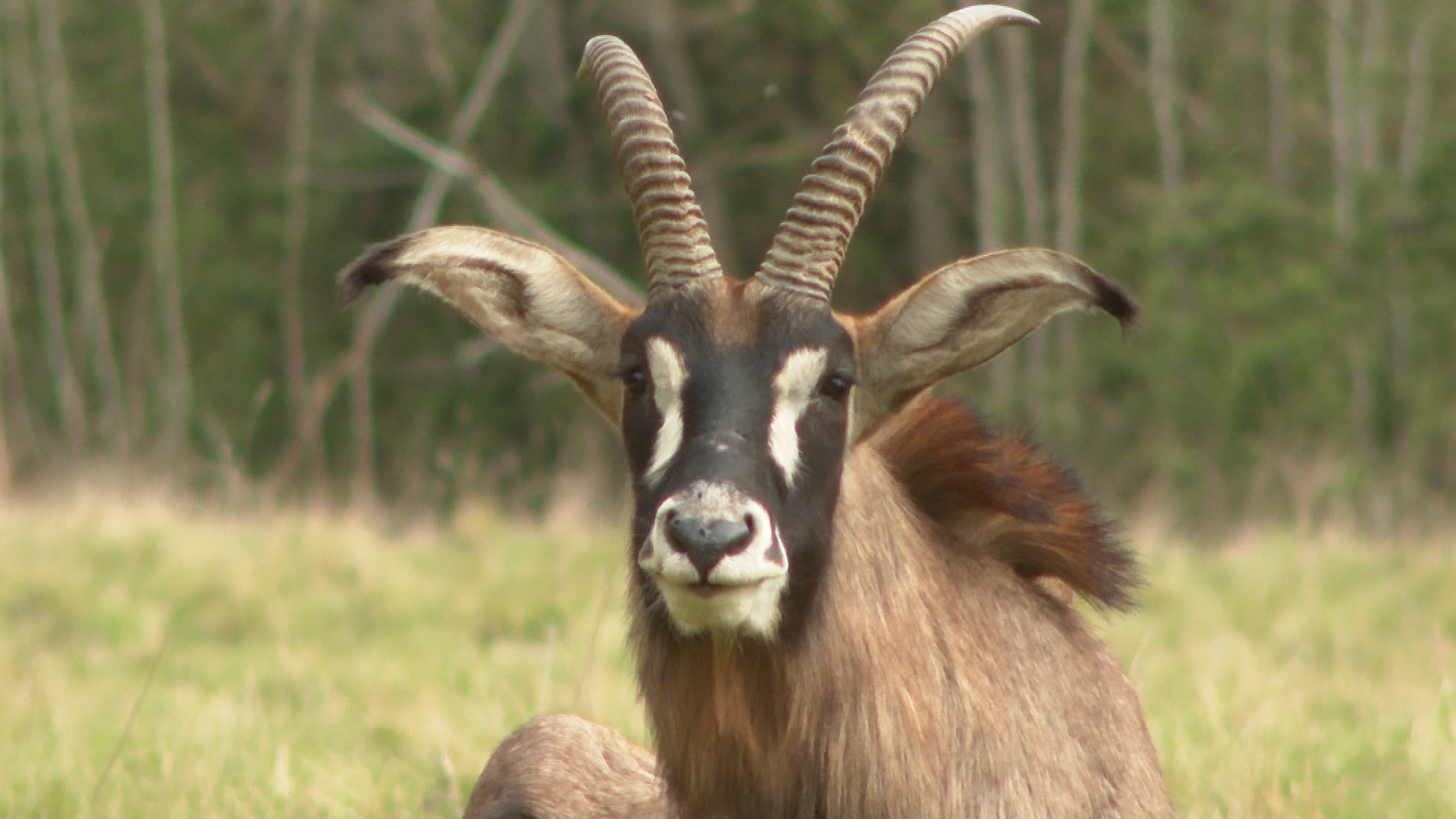

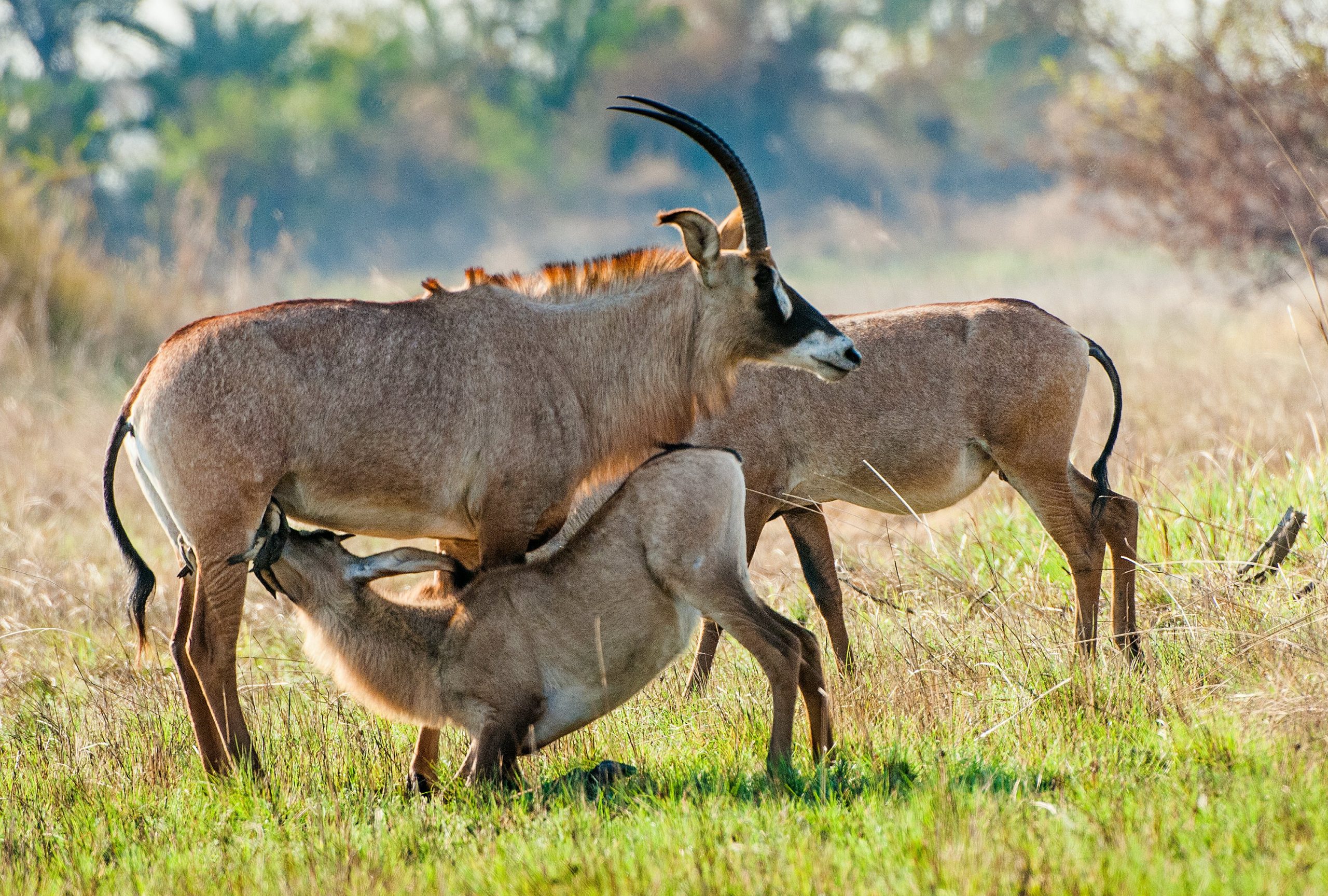
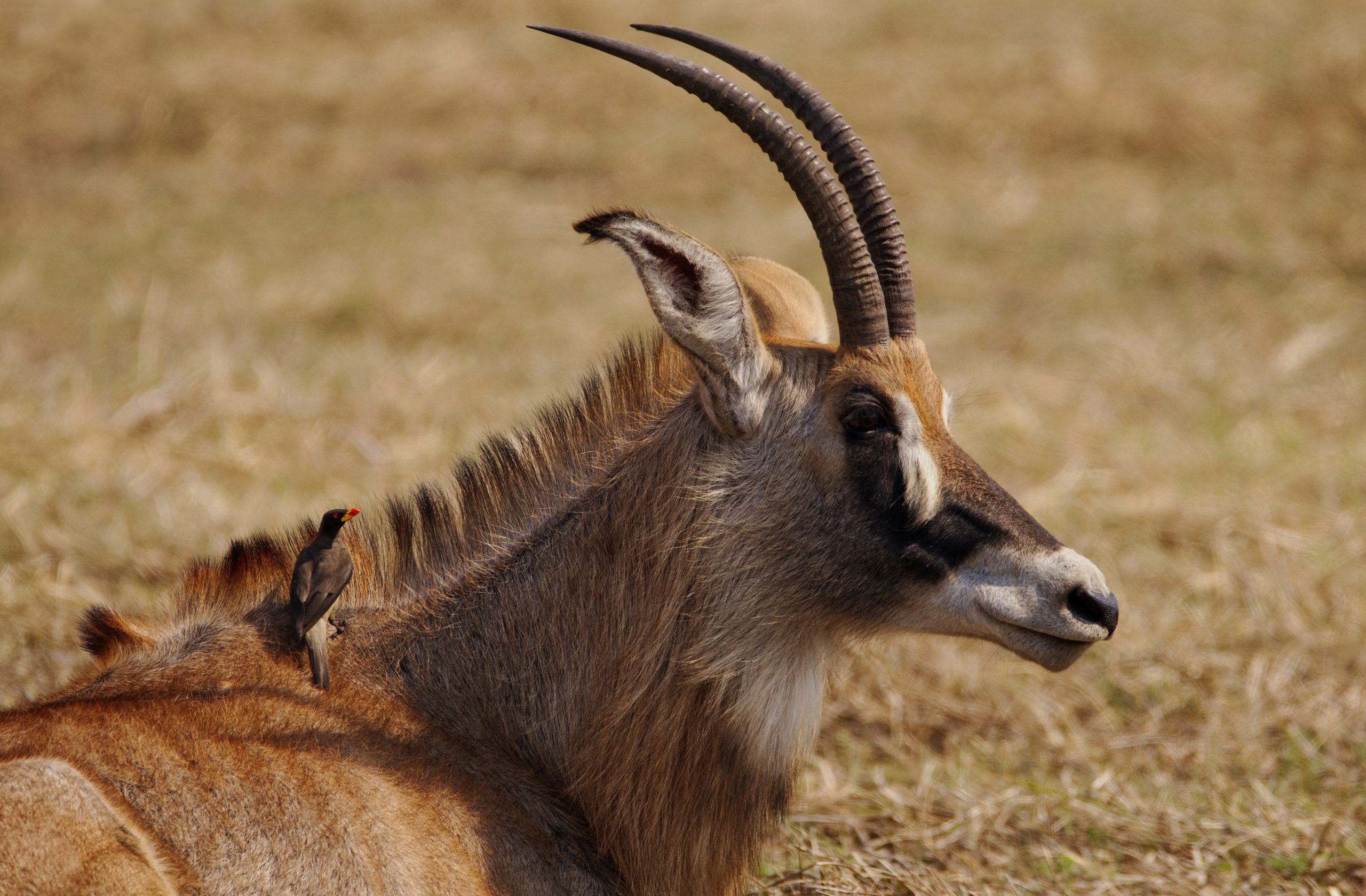
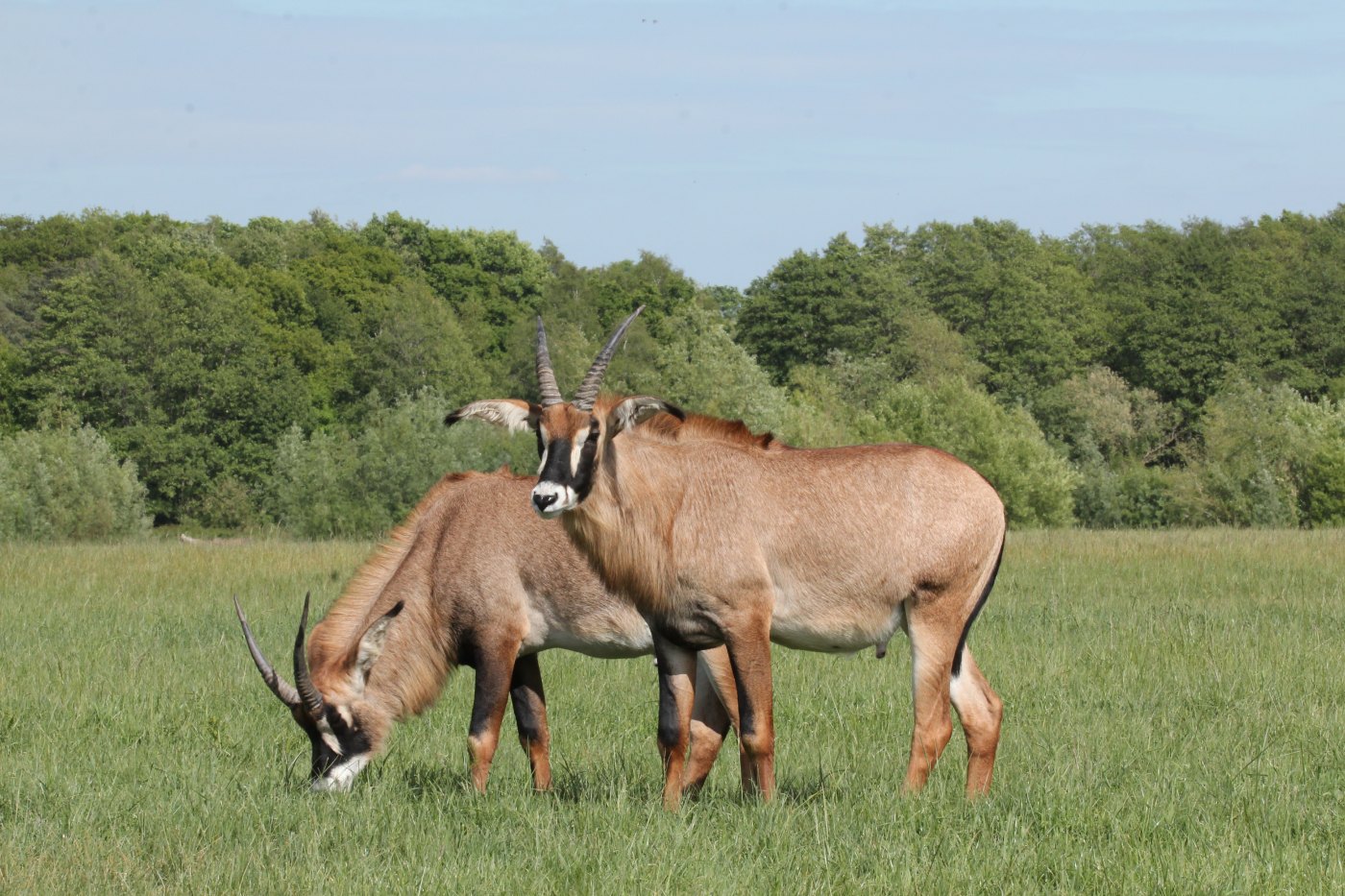
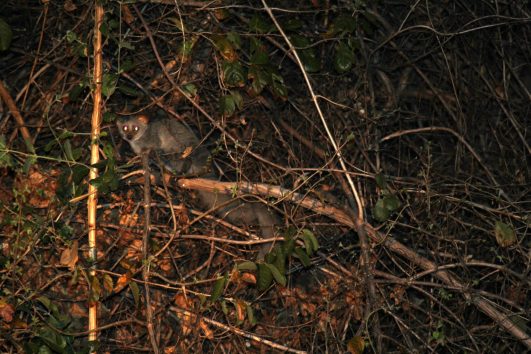
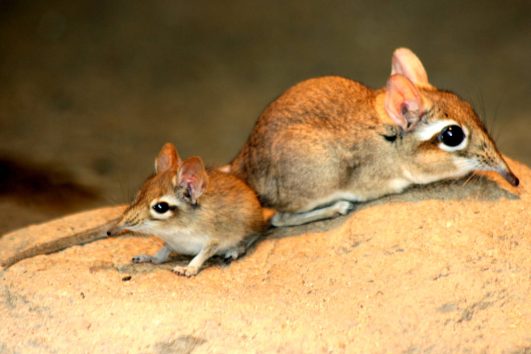
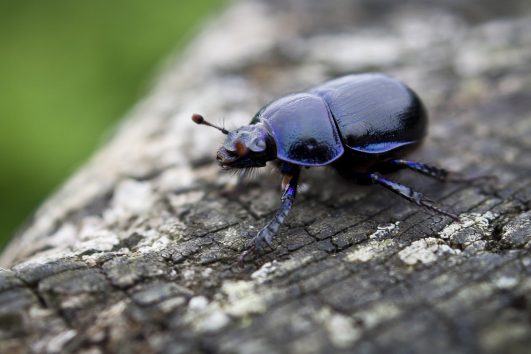
Tour Reviews
There are no reviews yet.
Leave a Review